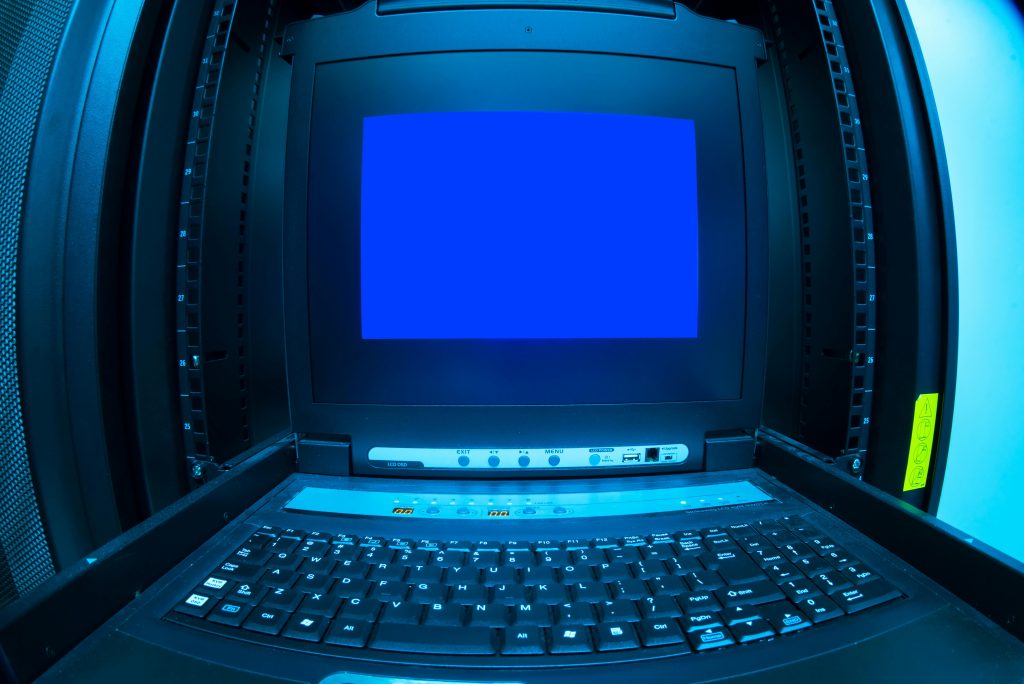Troubleshooting Disk Space Issues: Finding a Phantom File on Your C Drive
If you’ve ever faced the frustration of running out of space on your C drive, you’re not alone. Recently, I encountered a perplexing issue that left my computer nearly out of storage, and it all started while I was downloading a file using Microsoft Edge.
During the download, I received an alarming notification indicating that the process had stalled due to insufficient space on my drive. Intrigued, I navigated to my Downloads folder only to discover a hefty file taking up roughly 8GB—exactly the amount of free space remaining on my C drive.
Upon attempting to delete this file, I noticed something peculiar: the file vanished from the folder, but that didn’t resolve my storage issue. In a bid to reclaim my space, I eagerly checked my Recycle Bin, only to find no trace of the file there either after emptying it. Despite my efforts, I was still confronted with the unsettling reality of a full C drive.
As I continued to investigate, I made a crucial change to the download settings in Edge, directing future downloads to my D drive. However, to my surprise, the browser still redirected the downloaded file to my C drive, indicating that the problem wasn’t resolved.
For anyone facing a similar challenge, here are a few steps to consider:
-
Use Disk Cleanup: This built-in tool can help identify and remove unnecessary files. It’s worth a try to recover some space.
-
Check Hidden Files: There could be hidden or system files taking up space. Enabling the option to view these files may reveal the culprit.
-
Use Storage Settings: Windows has a feature that allows you to view which files and applications are consuming the most space. This insight could lead you directly to the problematic file.
-
Restart Your Device: Sometimes, a simple reboot can clear temporary files and glitches that may misreport your available storage.
-
Utilize Disk Management Tools: Third-party software can provide a more detailed view of your disk usage, helping you identify what’s gobbling up your space.
-
Contact Support: If all else fails, reaching out to technical support may provide additional resources to resolve your issue.
While it can be disheartening to face storage issues suddenly, understanding the underlying problems can help in finding effective solutions. Armed with these tips, you’ll be better equipped to reclaim your C drive and continue the
Share this content:



